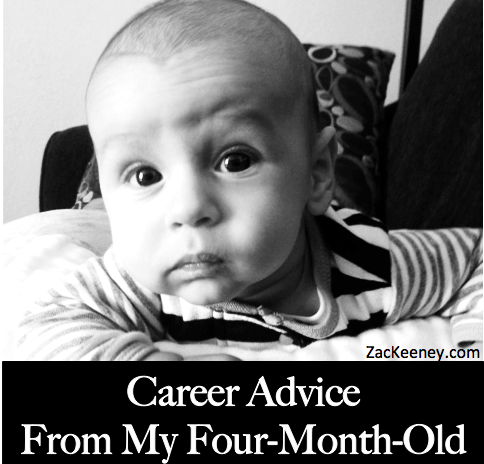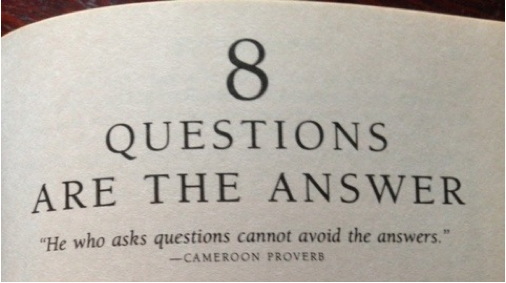Time management is boring. It also rarely works.
Why? Because life happens. Our lives aren’t rigid and they don’t happen in 30 minute intervals (even though every digital calendar ever created says so).
Time management feels about as fun as budgeting your entire month’s spending with real dollars and envelopes (yes I know people do this and I don’t mean to offend). Effective, yes. Fun, not a chance. Do you think people continue doing things that aren’t fun? Some may…most don’t.
So what can you do?
Use Parkinson’s Law to your benefit.
I’m going to distill this down to something you can use immediately after reading this post. Think of a project or task you have on your “to-do list” but that doesn’t have a due date for a week or two. What do you do now?
The answer is: Everything but the task due in two weeks! The reason for this is there is no immediacy or priority associated to completing it today. So how can we change this?
Get better at starting!
If I have a big presentation, strategy, or concept I’m working on it can feel daunting. I have the end in mind of where I’d like to go, but the path to getting there is muddled with questions and idea euphoria. INSERT PARKINSON’S LAW.
Here are my six simple steps to assign Parkinson’s law to your benefit.
- Choose to Start. This is the biggest hurdle. Choose a time (sooner rather than later) and start. Don’t be weighed down by the thought of completion, only focus on the start. The rest can take care of itself. The key is getting off of zero.
- Limit Time to Focus. Think about your attention span. I recommend 25-35 minutes.
- Alone Zone. Find a space where you can be left alone. This could be a home office, outside, a Starbucks, etc.
- Notifications…NOT NOW!!! Turn your phone off, leave it behind, or put it on airplane mode. You can’t be truly focused while being bombarded with incoming: snaps, Facebook messages, tweets, #regrams, emails, texts, and the list continues to grow. You can go without the crack for 30 minutes.
- Turn ON the Sound. For me I typically use Pandora or a white noise app. Personally I can’t listen to anything with lyrics or a beat I’m familiar with. My leg starts shaking like a dog ready to go for a walk. My pandora stations include: Solo Piano, Acoustic Guitar, and Yoga Radio. Each allows me to dial into my creative channel.
- Rock the Time Allowed. If you get to the end of your 30 minutes and you’re kicking ass, keep going. The reward is you’ve started.
Now instead of having two weeks to complete a project and investing 12 hours on the last day, you’ll have started your work and can break the project up into smaller and more achievable mini-projects. Your stress level will be greatly reduced and your finished product will reflect your commitment to start sooner.
ACTION ITEM: Think about a project you’re working on right now. Maybe you have a couple of them. Use Parkinson’s Law to your advantage and start with a short commitment now.



















